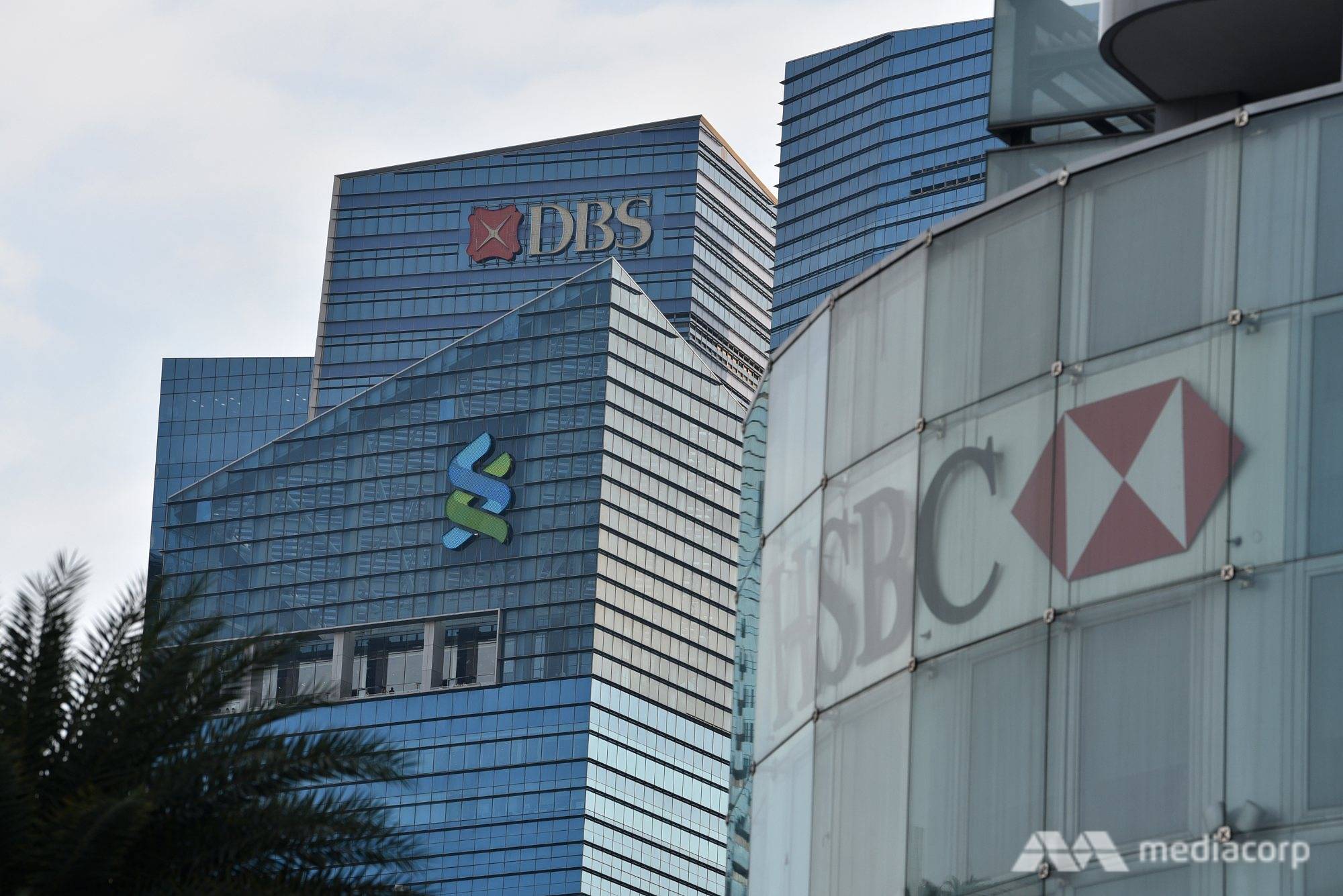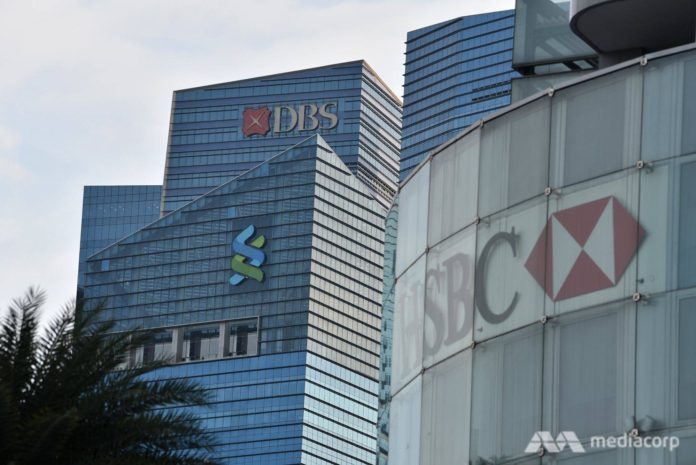SINGAPORE: Just the other day, I received a notice from my insurance provider notifying me the interest rate credited to my prepayment facility will be revised downwards in response to the low interest rate environment.
This is in stark contrast to the United States Federal Reserve’s approach just two years ago which saw four rate increases after bumper economic growth.
This latest move is no surprise with the global economy taking a strong blow from the unexpected COVID-19 pandemic. In fact, the Fed recently announced that interest rates will be around zero for at least a few years to help spur the economy.
While this is good for me in the short run, but in the long run the premiums will go back up again as interest rates rise with a growing economy. For now, as central banks lower their lending rates, commercial banks tend to follow suit and this stirs economic activity.
READ: Commentary: Why that loan to buy that new house and car is cheaper now
READ: Commentary: Central banks shouldn’t blindly follow the US Federal Reserve
STIRRING THE ECONOMY
Borrowers and savers tend to respond differently in a low interest rate environment, but both help propel the economy.
Borrowers may now be more open to start new business ventures that create jobs, or make long-term purchases. Amid a low-interest-rate backdrop, new home sale have risen to an 11-month high in August with 1,256 private homes sold, a 11.8 per cent year-on-year increase.
READ: HDB resale prices rise 1.4% in third quarter
Savers may find invest their money elsewhere, in the stock market, mutual funds or otherwise, or simply, spend it while interest rates for fixed deposits remain this low.
Interest rate movements in the US will influence the Singapore Interbank Offered Rate (SIBOR). In the last year, SIBOR had dropped from a high of 1.9 per cent in June 2019 to 0.25 per cent in June 2020.

File photo of some banks in the CBD district of Singapore (Photo: Jeremy Long)
The Singapore Long-Term Interest Rate has also dropped from an average of 1.8 per cent in 2019 to 0.8 per cent in 2020. We should expect the Singapore Overnight Rate Average (SORA), which more banks are applying to loans, to follow the same trend.
These shifts will benefit those who can and will take advantage of these changes to refinance their mortgages, change their portfolios of investment or make use of low interest rates to start new ventures.
But the needy, who struggle with day-to-day expenses, may not have time to look at other investments. In addition, they may have a poorer credit history that discounts them from taking advantage of the benefits of low interest loans.
RECOGNISING EARLY WARNING SIGNS
Historically, we have seen consumers purchase durable goods such as houses and cars when the interest rates are low.
We have seen massive mortgage refinancing, or the switching of one home loan package to a cheaper one, during periods of lower rates. This happened, for instance, in 2015, 2017 and 2019. The trend with the current drop is no different.
What then can go wrong? A lot.
READ: Commentary: How much should young couples spend on their first home?
LISTEN: COVID-19 and the outlook for Singapore’s residential property market in 2020 and beyond
History reminds us of the US subprime mortgage crisis that occurred around 10 years ago. Home prices were high in 2006, but dropped sharply after that.
When mortgages were reset at higher interest rates, there was a huge number of defaults. The long-lasting consequences of the subprime mortgage crisis included a deep recession of the US economy that did not recover until years later and a global financial crisis that has accelerated geopolitical shifts.
Consumers may be over exuberant when it comes to spending because interest rates are low. Many people believe they can take on more small business debt and credit card debt when the monthly instalments remain low but do not base their calculations on projected increases when rates rise.
(Photo: Unsplash/rawpixel)
It’s this segment of consumers who remain most vulnerable – those who do not understand financial markets and how banking works, yet take out huge loans when the going is good.
COVID-19 has already stretched the finances of those on a tightrope balance, just looking at a TODAY news report of how Singaporeans who invested in Malaysian properties have been affected, as costs add up.
Acknowledging that borrowers may experience cash flow problems until early next year, the Monetary Authority of Singapore announced on Monday (Oct 5) it will extend support measures for various groups of borrowers, including allowing those with property loans who can apply to temporarily reduce their monthly instalment payments.
READ: Commentary: Why Singapore’s private residential market will remain attractive in the long term
READ: Commentary: Why do we love judging other people’s home renovations?
WHEN INTEREST RATES RISE
This short sightedness will be of grave concern when the COVID-19 situation starts to improve.
When the pandemic recedes, central banks will once again raise rates to combat inflation and SIBOR will rise. After all, interest rates rose to close to 3 per cent just a year ago.
The only question is when this will happen, not if.
Think of it as equilibrium. When the economic situation improves in the future and prices of goods and services soar, interest rates will be increased to discourage borrowing and bring things back to a more controlled level.

The Singapore city skyline as seen from Jubilee Bridge (Photo: Jeremy Long)
For borrowers who have taken on a loan during the low interest rate period, their mortgages and repayment rates will go up for existing and new loans.
They need to think ahead and consider whether they can afford the repayment pegged to a higher, future interest rate.
If we want to avoid a high number of defaults in payments in future, banks and regulators have to play their part.
Banks, which have information on borrowers’ debt to income ratio, will be the first to notice warning signs if this ratio becomes too high when interest rates increase in the future.
While banks may already have some safeguards factoring in one’s credit history and debt commitments in considering whether to loan people money, as we have seen from the global financial crisis, these safeguards may not be sufficient.
READ: Commentary: Those who can afford it must spend more to save the economy
READ: Commentary: Investing in markets? Why future gains lie in tech stocks
For banks, low interest rates will negatively impact the interest and fee income they receive.
Goldman Sachs forecasted a 19 per cent basis point quarter-on-quarter decline for Singapore banks in August, the biggest since 2002.
Practically speaking, they should not let this loss of revenue push them to offer bigger loans to make up for the shortfall.
Banks are also being squeezed when earnings have dropped. UOB and OCBC posted a 40 per cent decline in net profits in the second quarter. That figure is 22 per cent for DBS.
To keep banks in check, regulators should keep one eye on the historical data and step in to prevent history from repeating.
Sumit Agarwal is the Low Tuck Kwong Distinguished Professor of Finance, Economics and Real Estate at NUS Business School. He is also the author of Kiasunomics and Kiasunomics 2. The opinions expressed are those of the writer’s and do not represent the views and opinions of NUS.





